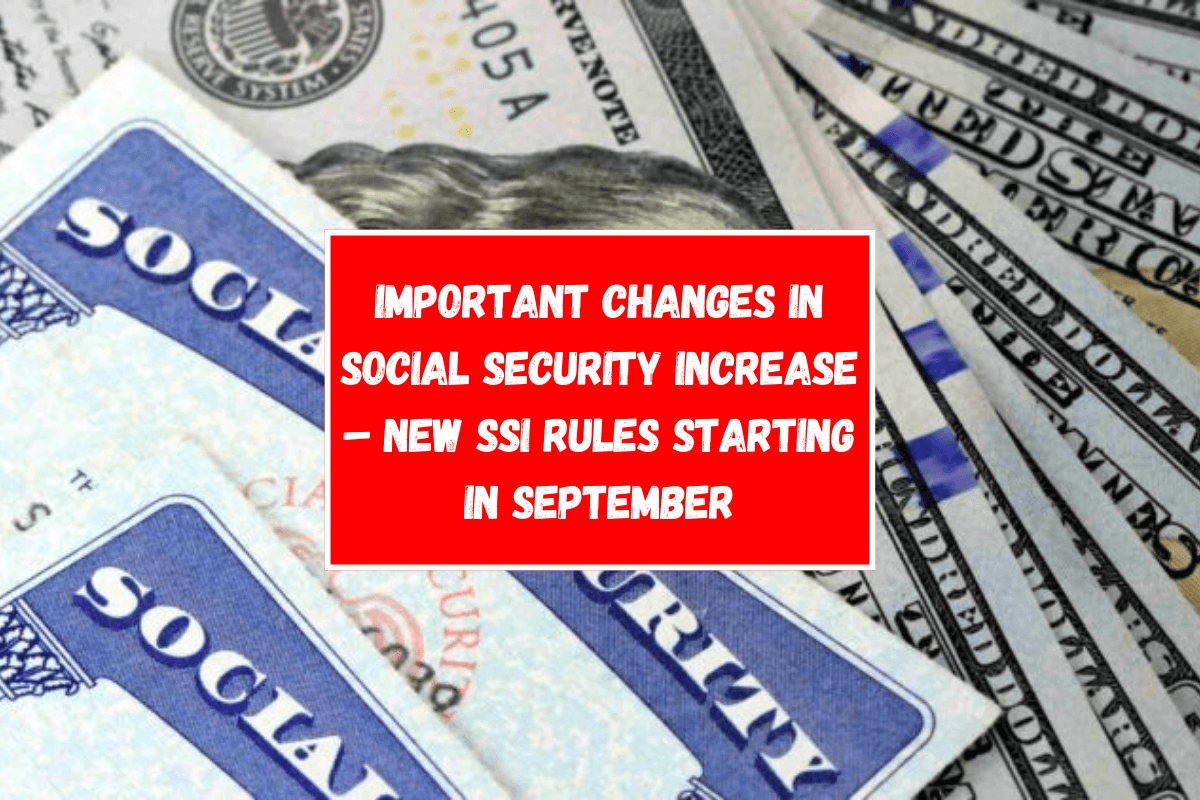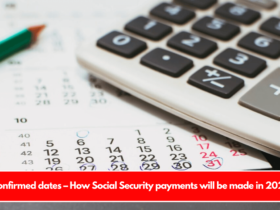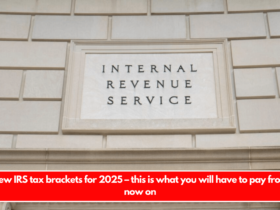In September, the Social Security Administration will make big changes to the Supplemental Security Income (SSI) program that will affect about 7 million people who get it. SSI is not like retirement benefits, which get most of the press. Its purpose is to help low-income people over 65, people with disabilities, and children who are having a hard time financially.
The planned changes, which include new definitions and tweaks to rules about who can get these benefits, are meant to make them more available to more people. The new rules, on the other hand, will change this requirement: only one person in the household will need to be on SSI, and at least one other person in the household will need to be on some other form of means-tested public aid.
New rules in Social Security: how they will impact beneficiaries
One of the most important changes to the SSI program is a new definition of what a public aid household is. Before, all members of a household had to be getting some kind of public assistance in order for the whole family to be qualified for SSI benefits.
As part of this new definition, the Supplemental Nutrition aid Program (SNAP) will also be considered public aid in the home. With this change, more families should be able to get SSI benefits, especially those where not everyone in the household gets public aid.
Overall, this adjustment is anticipated to simplify the process of accessing SSI payments and provide support to a greater number of individuals in need.

Review of food assistance: what is changing
One more important change is how food stamps are counted in the SSI program. Food stamps used to be called “in-kind support and maintenance” (ISM), which meant they were considered unearned income. Individuals who were labeled as having this condition often had their SSI payments cut because food stamps were seen as an extra source of income.
The new rules say that food stamps will no longer be used by the Social Security Administration to decide who is eligible for SSI. It’s possible that this will result in more money being sent to people who were getting less before because food stamps were seen as income.
The policy change was made because people were worried that the old policy made families less likely to help their relatives because it could mean less SSI payments.
Expansion of the rental subsidy policy
The third big change the Social Security Administration is making will be to the policy on housing subsidies in September. In the past, getting help with rent, like renting at a lower rate, could affect your status for SSI and lower the amount of money you got each month. But this rule was only in effect in Connecticut, Illinois, Indiana, New York, Texas, Vermont, and Wisconsin, among other states.
With the new rules, the government policy on rental subsidies will be made more broad. This means that all fifty states will use the same standards. This could make more people qualified for SSI and possibly raise the amounts that people already getting it get. The goal of the expansion is to make sure that all SSI recipients, no matter where they live, get fair care.
Preparing for the Social Security changes
Since these changes are about to happen, people who are currently getting SSI or who might become qualified should look over their situation to see how it will affect them. Under the new rules, some people who weren’t qualified before may now be able to get benefits, and people who are already getting benefits may see their monthly payments go up.
Since the rules have changed, if you think you might be able to get SSI, you should call the Social Security Administration right away to find out more. Also, if you are already getting SSI, you should look over any changes in your life that might affect your benefits, like if your income or the people living in your home change.















Leave a Reply